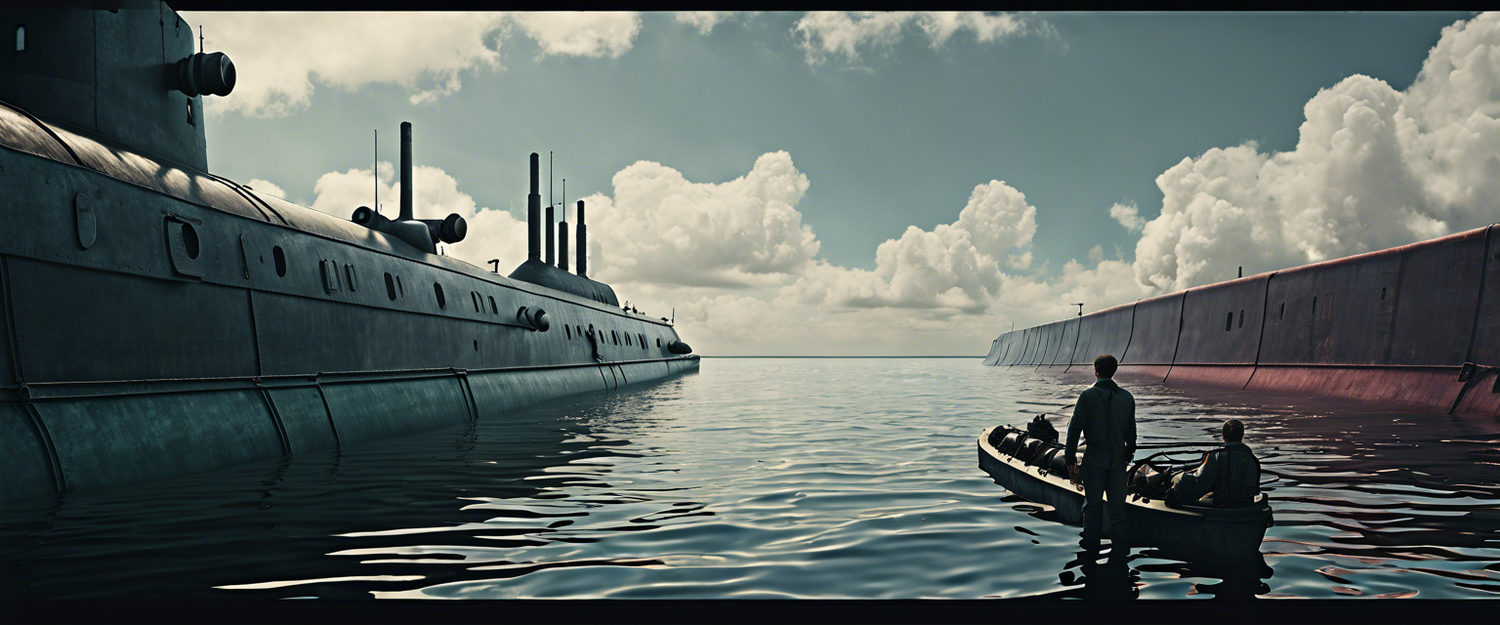OceanGate's Titan Submarine: Insights from Testimonies
A former contractor for OceanGate, Antonella Wilby, testified before a U.S. Coast Guard panel on the turbulent history of the company’s, now infamous, Titan submarine. This submarine tragically imploded during a dive to the wreck of the Titanic last year, raising concerns about its navigation systems.
Convoluted Navigation System
During her testimony at the Coast Guard Marine Board of Investigation hearing, Wilby highlighted significant flaws in the Titan’s navigation. The vessel employed an ultra-short baseline (USBL) acoustic positioning system designed to calculate critical metrics such as the submarine’s velocity, depth, and position using sound pings.
Manual Data Entry Concerns
Typically, such data is automatically imported into mapping software for real-time tracking. However, as per Wilby’s account, the coordinates were manually transcribed into notebooks and subsequently entered into Excel before being plotted on a hand-drawn map of the Titanic wreckage. This labor-intensive process, which the OceanGate team aimed to update every five minutes, was slow and prone to errors as it relied on short text messages for communication with the submarine.
Recommendations Ignored
Wilby suggested the use of standardized software for data processing to create a more efficient plotting of the submarine's telemetry. However, the company opted to pursue the development of an in-house system, citing a lack of time for adoption.
Safety Concerns and Alerts
After a previous dive, Wilby detailed a concerning incident where a loud bang, akin to an explosion, was reported during the Titan’s ascent phase. The noise was audible even from the surface, indicating a potential issue with the vessel. Wilby described the background noise as suggestive of a shifting pressure hull.
Further Testimonies by Steven Ross
Adding to Wilby’s statements, Steven Ross, OceanGate's former scientific director, confirmed similar auditory disturbances during the Titan’s emersion. Noteworthy was the focus on the minor damage to the vessel, said to be only a few microns.
Dive 87 Incident
Six days prior to the catastrophic implosion, Stockton Rush, the pilot of the Titan and co-founder of OceanGate, crashed the submarine into a launch mechanism. Wilby and Ross noted that this incident was triggered by a malfunction with a ballast tank, causing the vessel to invert and leading passengers to be thrown about inside. Fortunately, there were no injuries reported, but the lack of subsequent inspection raises pressing questions about safety protocols following the event.
Conclusion: The Need for Rigorous Standards
The testimonies reveal a disconcerting portrait of an expedient and potentially unsafe approach to underwater exploration. As the situation unfolds, it emphasizes the importance of rigorous safety measures and technology utilization in maritime missions.



Commenta
Nota che i commenti devono essere approvati prima di essere pubblicati.
Questo sito è protetto da hCaptcha e applica le Norme sulla privacy e i Termini di servizio di hCaptcha.